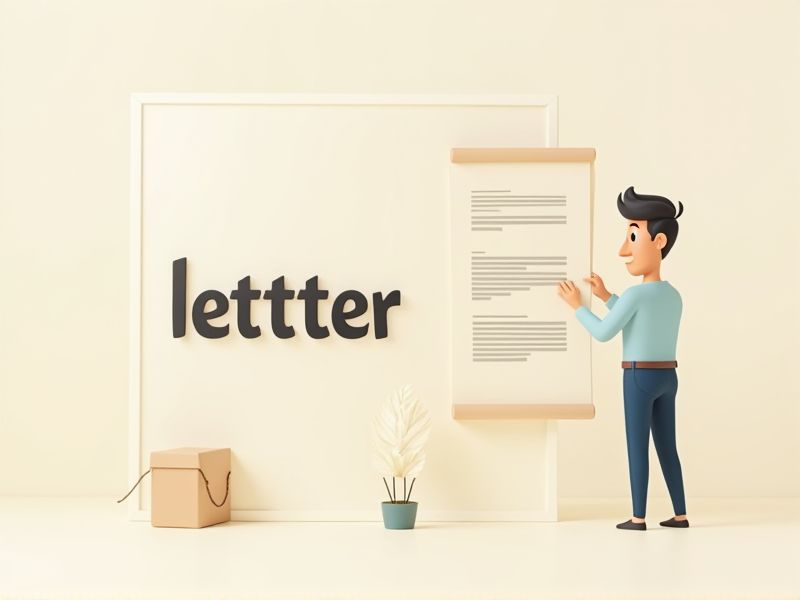
When writing a support letter, it is important to maintain a clear and professional format to effectively communicate your message. Begin with a proper heading that includes your contact information, the date, and the recipient's details. Follow with a courteous salutation and a concise introduction stating the purpose of the letter. In the body, provide specific details and examples to explain the support you are offering or requesting. Finally, close with a polite conclusion and your signature. To make the process easier, check out the various support letter templates available in this article.
Samples of letter format for support
Formal Letter Format For Customer Support
Letter Format For Technical Support Request
Complaint Letter Format For Support Services
Letter Format For Product Support Inquiry
Template Letter Format For Support Feedback
Letter Format For Helpdesk Support
Letter Format For Warranty Support Request
Letter Format For After-Sales Support
Letter Format For Online Support Services
Letter Format For Software Support Issues
Letter Format For Account Support Assistance
Letter Format For Escalated Support Case
Letter Format For Billing Support Inquiry
Letter Format For Travel Support Assistance
Letter Format For Service Support Complaint
Letter Format For It Support Request
Letter Format For Customer Service Support
Letter Format For Educational Support Services
Letter Format For Subscription Support Inquiry
Letter Format For Urgent Support Request
Important Things to Know when Writing Letter Format For Support
Clear Header With Sender And Recipient Information
A clear header is essential when formatting a letter for support, as it provides essential details about both the sender and the recipient. Include your name, address, phone number, and email at the top, followed by the date and the recipient's information. This structured layout ensures that your letter appears professional and allows for easy navigation by the recipient. Properly formatted headers not only convey respect but also enhance the effectiveness of your communication.
Proper Salutation Addressing The Recipient
Using a proper salutation is crucial when formatting a support letter, as it sets a respectful tone for your communication. Address the recipient by their title and last name, such as "Dear Mr. Smith" or "Dear Dr. Johnson," which demonstrates professionalism. If you're unsure of the recipient's gender, using their full name, like "Dear Taylor Morgan," can help avoid any misgivings. Establishing this initial connection can enhance the effectiveness of your message and foster a positive response.
Concise Introduction Stating Purpose Of Support
A well-structured support letter begins with a concise introduction that clearly states the purpose of the support being offered. This opening sets the tone and provides the recipient with essential context, helping them understand the significance of your message. It's crucial to engage the reader right away, ensuring they grasp the importance of your support in addressing their needs or concerns. By being direct and clear in your introduction, you establish a strong foundation for the details that will follow.
Detailed Body Explaining The Support Offered Or Requested
A well-structured letter for support should contain a detailed body that clearly articulates the type of support being offered or requested. This section must include specific information, such as the purpose of the support, any relevant background details, and how the support will benefit the recipient. Ensure that your language is concise yet informative, making it easy for the reader to understand the implications and importance of the support. By presenting this information in an organized manner, you enhance the effectiveness of your message and increase the likelihood of a positive response.
Polite Closing With Contact Information And Signature
A polite closing is essential in a support letter, as it reflects professionalism and gratitude toward the recipient. Common closings include phrases like "Thank you for your assistance" or "Sincerely," followed by your name. Don't forget to include your contact information, such as your phone number and email address, so the recipient can easily reach you for further communication. A well-structured signature at the end adds a personal touch, reinforcing your commitment to resolve the issue at hand.
